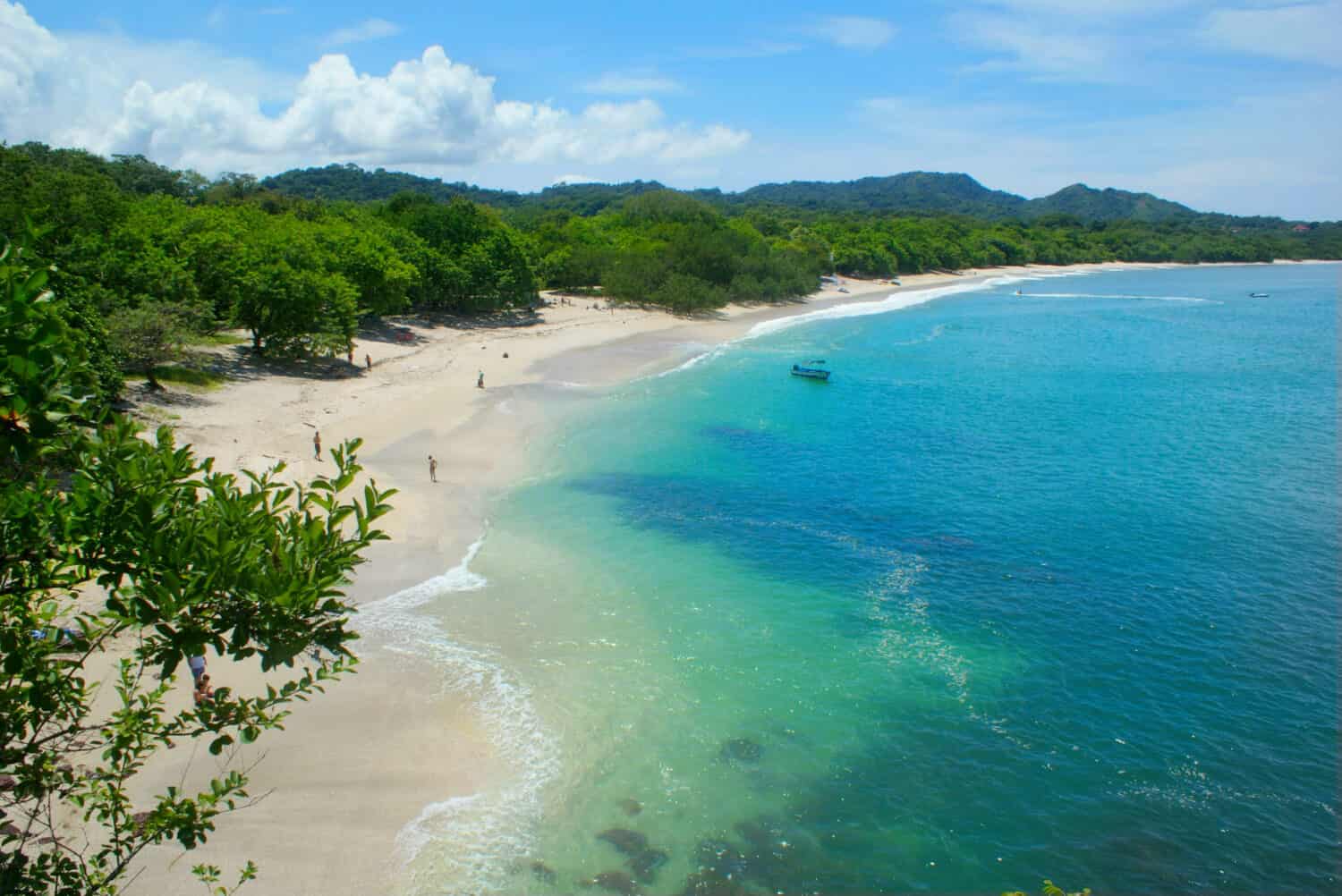To many, Costa Rica is the ideal place to retire. Its stunning natural beauty, relaxed way of life, and affordable living conditions are among the many reasons to make it your dream home. But before you pack your bags and book a flight, you may want to look at some of the cons associated with retiring in Costa Rica. Don’t think we’re trying to talk you out of it – at the end of this article, you’ll find a quick rundown of reasons to choose this Central American country as your retirement paradise. Still, it’s always good to be prepared. Read on to discover 26 pitfalls of retiring in Costa Rica – and a few of the prime benefits!
1. Safety Concerns
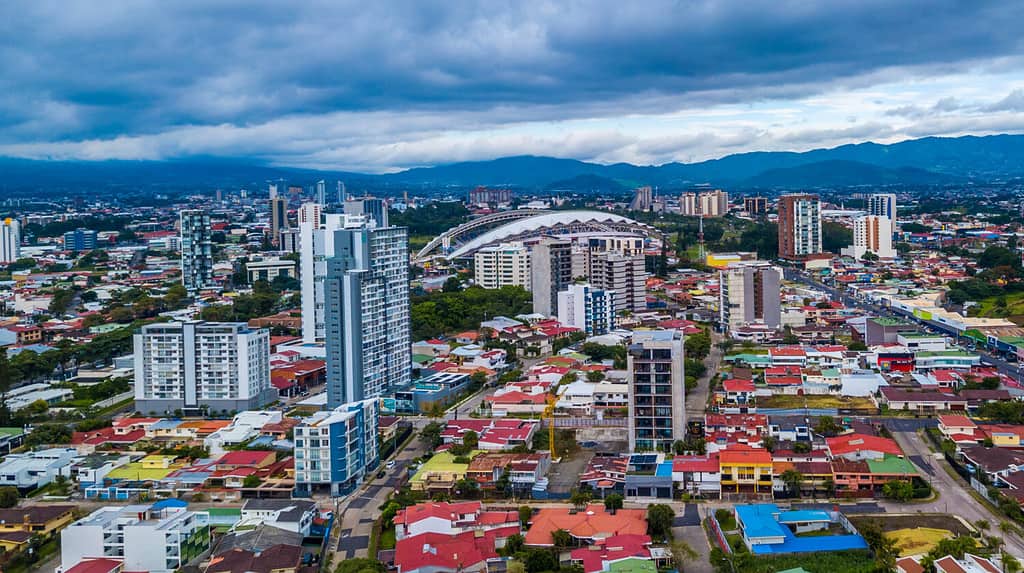
Costa Rica is one of the safest Central American countries, but theft is sometimes a problem.
©Gianfranco Vivi/Shutterstock.com
It’s only fair to note that Costa Rica is one of the safest Central American countries. But crime still exists, especially theft, which often targets expats because of their relative wealth. If you plan to retire in Costa Rica, taking basic precautions like not wearing expensive jewelry in public or displaying excessively luxurious items in your home is wise. That said, you don’t need to take a me-versus-them approach to the locals – most of them are very courteous and hospitable people ready to give and receive friendship.
2. Poor Roads
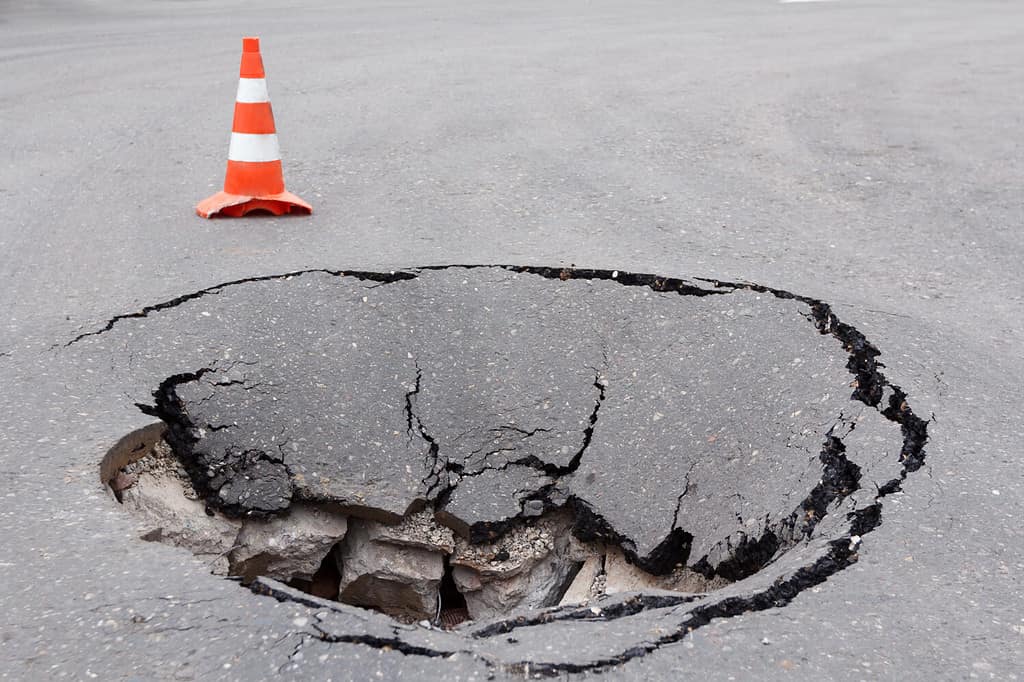
The roads in Costa Rica are some of the worst in the world.
©rbkomar/Shutterstock.com
Costa Rica is known for having some of the world’s worst roads. And since you’ll need a car or scooter to get around, there’s not much you can do to avoid them. Common road issues include:
- Potholes
- Poor lighting
- Mudslides
- Incorrect or unreliable signage
- High incidence of traffic accidents per capita
3. Aggressive Driving

Aggressive driving can be a problem in Costa Rica.
©ddisq/Shutterstock.com
Driving in Costa Rica is somewhat different from going in the United States. While poor driving and vehicular crimes exist in both countries, Costa Rica has a reputation for aggressive drivers. You may need to alter your habits behind the wheel to compensate, especially if you find yourself on one of Costa Rica’s many damaged roads.
4. Low-Quality Public Transportation

Public transportation in Costa Rica may not always be comfortable.
©patdu photography/Shutterstock.com
You can opt for public transport if you don’t want to purchase a personal vehicle while living in Costa Rica. However, remember that the country’s public buses are not the cleanest or most comfortable. Also, they tend to be overcrowded and lack air conditioning, making the ride unpleasant.
5. Language Barrier

Retirees in Costa Rica should learn some Spanish to overcome the language barrier.
©Halfpoint/iStock via Getty Images
While many locals know some English, Spanish is the official language of Costa Rica. The country also has a few other dialects. You may not need to be entirely fluent in Spanish to get by, but you’ll need to know at least a few words and phrases. This is especially true in rural areas where English is not as prevalent. Before arriving in the country, investing in a Spanish course and purchasing a good English-Spanish dictionary is a good idea.
6. Pura Vida

The philosophy of Pura Vida (“pure life”) governs life in Costa Rica.
©PeopleImages.com – Yuri A/Shutterstock.com
Pura Vida is Spanish for “pure life.” This attractive philosophy governs life in Costa Rica and lends the local culture its delightfully mellow and relaxed pace. However, it also means that things proceed at a slower rate than most North Americans are used to. You’ll have to accustom yourself to events starting late, work projects moving at a glacial pace, and other minor but frustrating occurrences. The upside is that you’ll discover a more laidback approach to life, which can enhance your enjoyment of retirement and even extend your lifespan.
7. Power Outages
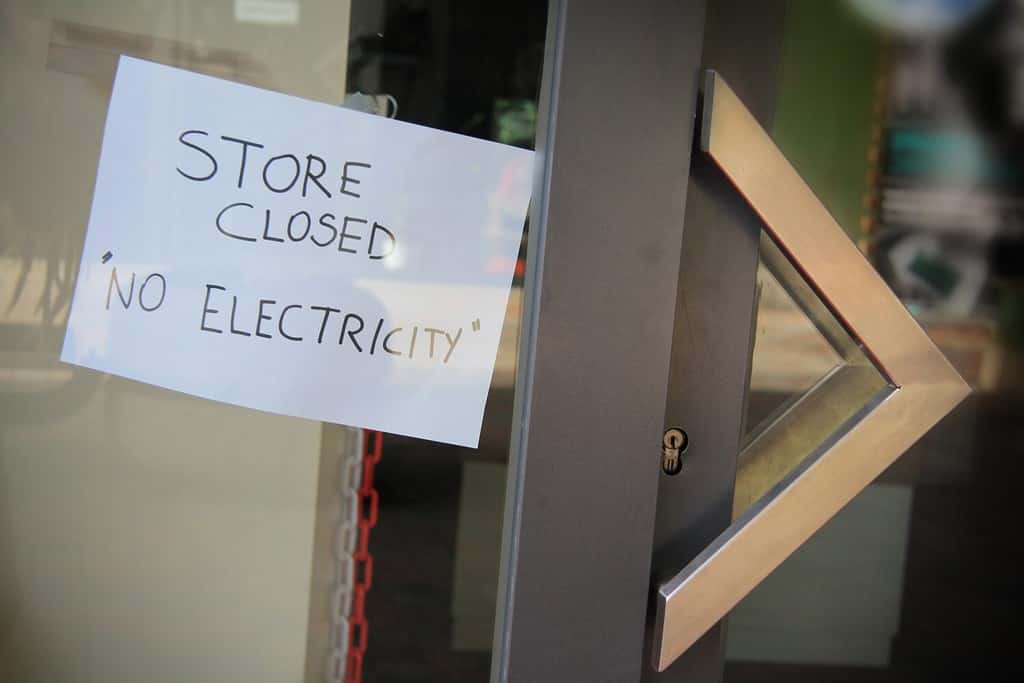
Power outages are relatively common in Costa Rica.
©pamela ranya/Shutterstock.com
Although Costa Rica is relatively advanced for a Central American country, it still suffers from occasional issues with its infrastructure. This can lead to problems like power outages and internet malfunctions, especially during weather events. If you feel you can’t do without modern luxuries like Wi-Fi and air conditioning, you may consider getting a backup generator.
8. Long Wait Times for Medical Care

Healthcare in Costa Rica is high-quality and affordable, but wait times can be extended.
©greenbutterfly/Shutterstock.com
One of the main reasons people go to Costa Rica is its excellent and affordable healthcare. Costa Rica enjoys universal healthcare, relatively cheap private health insurance, and high-quality health services. However, the usual downside to these benefits is long wait times. Retirees can expect excellent healthcare from Costa Rica, but they’ll need to get used to waiting.
9. Heat and Humidity

Costa Rica is known for its heat and humidity.
©PeopleImages.com – Yuri A/Shutterstock.com
Costa Rica has a great climate, but there’s no denying that it’s often hot and humid. If you’re the kind of person who can’t stand feeling overheated and sweaty, this might not be the country for you. Humidity tends to worsen during the country’s rainy season, from the beginning of May to the end of November. As for heat, you can expect exceptionally high temperatures from February to April.
10. Lack of Four Seasons

Costa Rica lacks the traditional North American four seasons, so it has no snowy winter.
©Dean Pennala/Shutterstock.com
Once again, many people go to Costa Rica because they love the climate (especially the lack of a snowy winter). But if you enjoy building snowmen and watching fluffy flakes float past your window on a cold day, you might want to consider staying further north. Costa Rica has three seasons: hot, dry, and rainy. So, if you’re hoping for a white Christmas, you’ll be sorely disappointed.
11. Rain
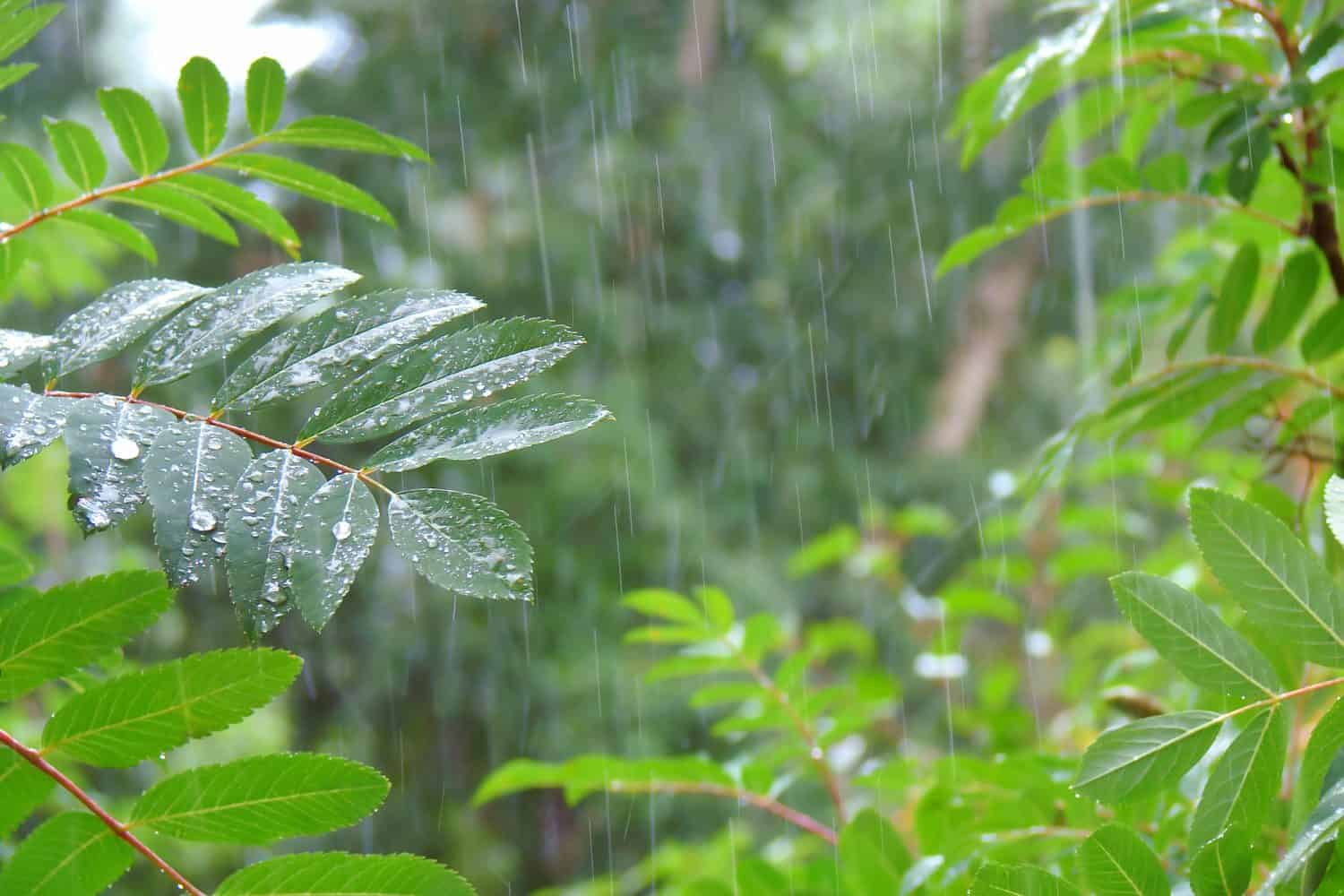
Costa Rica gets a lot of rain during its rainy season.
©Elena Zhi/Shutterstock.com
I don’t want to beat a dead horse, but Costa Rica has a lot of rain. A lot of rain. Excessive precipitation can cause issues like washouts and mudslides during the rainy season. Some roads entirely disappear under the influx of water. Occasionally, people even die from these events. At the very least, you’ll experience high humidity and probably cancel some of your outdoor plans.
12. Earthquakes

Costa Rica has its fair share of earthquakes yearly, though most are too small to notice.
©MD_Photography/Shutterstock.com
Continuing the theme of natural events, Costa Rica also experiences its fair share of earthquakes. These occur almost daily, though you probably won’t feel most because they’re too small. You may experience noticeable – but not catastrophic – tremors a few times a year. Most quakes in Costa Rica register below a 5.0 magnitude, though higher magnitudes are not unheard of.
13. Hurricanes
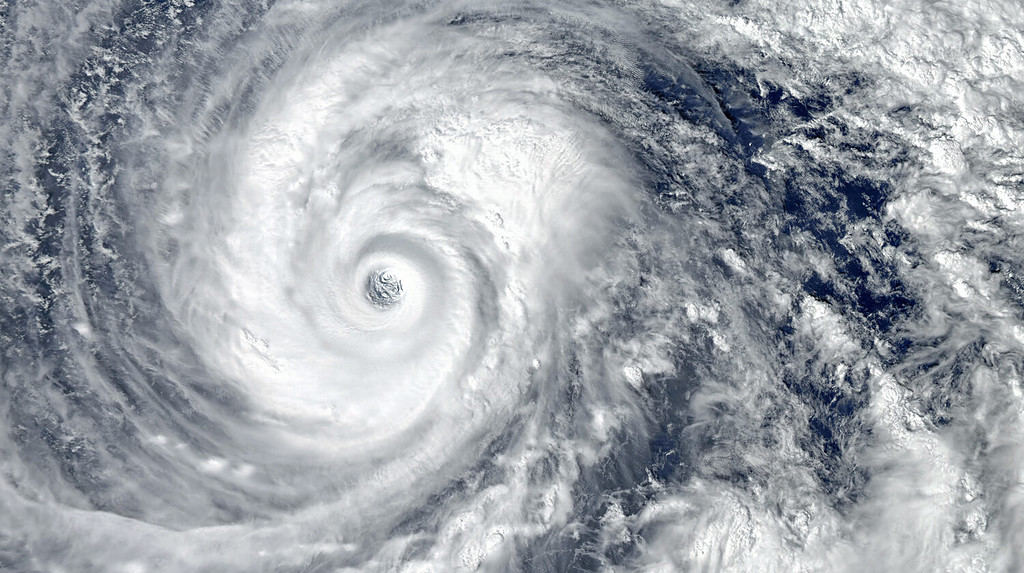
Hurricanes don’t often land in Costa Rica, though the country still feels the effects.
©Evgeniyqw/Shutterstock.com
Costa Rica is a narrow country that touches the Pacific Ocean to the west and the Caribbean Sea to the east. The region is known for hurricanes, though Costa Rica avoids most of them because it sits south of the hurricane belt. However, those that do make landfall can be devastating. If you’re considering retiring in Costa Rica, make sure you have a plan in place in case a hurricane occurs.
14. Tsunamis

Costa Rica rarely gets tsunamis.
©MAX79/Shutterstock.com
Tsunamis are rare in Costa Rica, so you probably won’t have to face one. That said, it always pays to be prepared for any eventuality. The most dangerous areas in the country when it comes to tsunamis and hurricanes are the coasts, both Pacific and Caribbean.
15. Other Water Hazards

Costa Rica has its fair share of oceanic predators like sharks.
©solarseven/Shutterstock.com
If you’re considering retiring in Costa Rica, you probably hope to take advantage of the country’s gorgeous beaches and breathtaking waters. You may even want to try mounting a surfboard. Just be aware that many hazards are associated with Costa Rica’s oceans and rivers. Common safety issues include:
- Riptides
- Other powerful currents
- Strong waves
- Underwater caves
- Predators like sharks, crocodiles, and caimans
16. Volcanoes

Arenal Volcano is Costa Rica’s most active volcano but has been inactive since 2010.
©Esdelval/Shutterstock.com
The possibility of volcanic activity is just one of those things that goes along with retiring in Costa Rica, though it’s unlikely to affect you directly. Costa Rica has 66 volcanoes in total: five active and 61 dormant. Its five active volcanoes are Arenal, Poas, Irazu, Rincón de La Vieja, and Turrialba. Arenal was the last volcano to erupt in the country. After four centuries of inactivity, it became active again in 1068 and continued flashing intermittently for the next 42 years. It ceased its activity in 2010 and hasn’t erupted since. However, there’s always the chance that it could begin again.
17. Insects

As a tropical country, Costa Rica is rife with mosquitoes and other insects.
©iStock.com/panom
Any tropical paradise has its fair share of insects; Costa Rica is no exception. The country teems with insect life, including ants, cockroaches, beetles, and spiders. Yes, tarantulas live in the countryside and occasionally make their way indoors. Also, mosquitoes are a constant nuisance, especially during the rainy season. They potentially carry dengue fever, Zika, and malaria, so you’ll want to take precautions like wearing insect repellent and asking your doctor about vaccines or preventative medication. If you’re considering retiring in Costa Rica but don’t like bugs, you may want to rethink your plans.
18. Reptiles and Amphibians
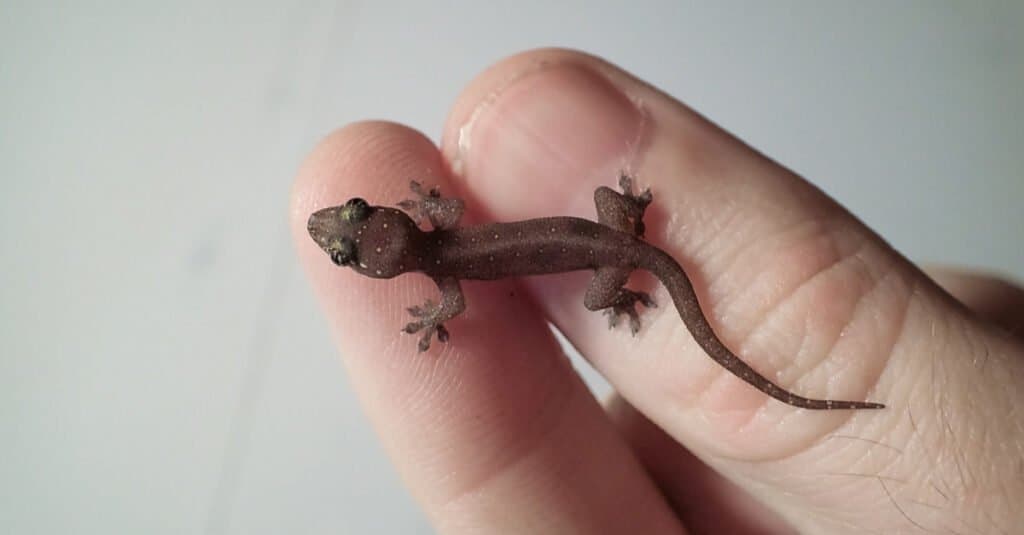
Costa Rica has many reptiles, such as snakes and geckos.
©N8Allen/Shutterstock.com
In addition to a booming insect population, Costa Rica has several reptiles and amphibians. Crocodiles and caimans are probably the most famous, but don’t be surprised to discover assorted frogs, toads, lizards (including geckos), and snakes in your home. You might even find yourself sharing space with crustaceans like crabs. Unfortunately, some of these animals are attracted to moisture so they might shower with you.
19. One of the World’s Most Venomous Snakes
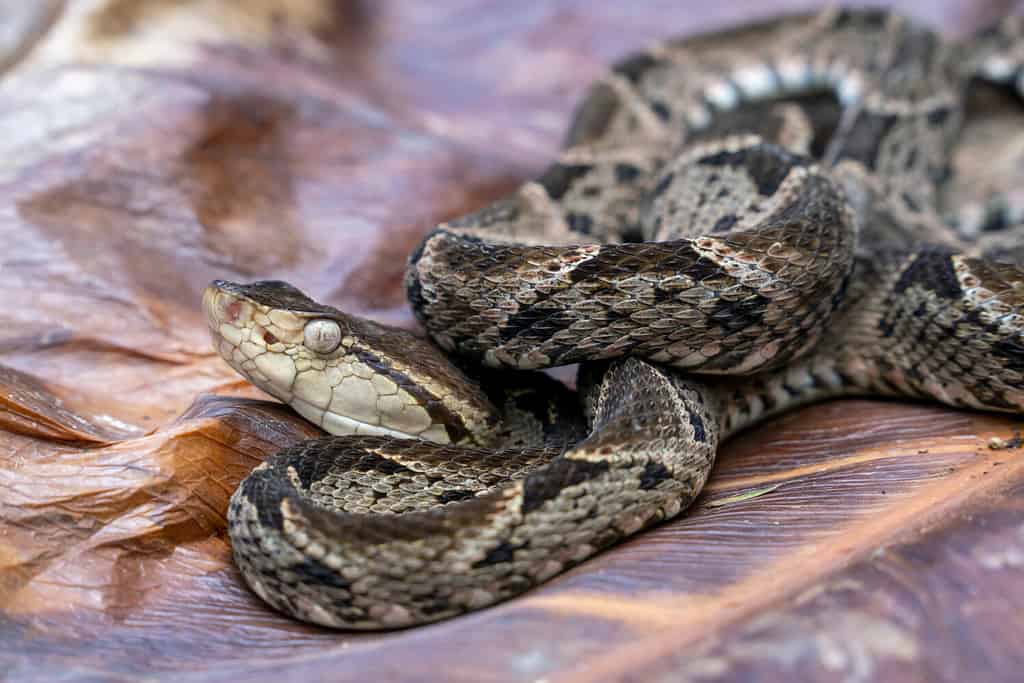
One of the world’s most venomous snakes, the fer-de-lance, lives in Costa Rica.
©Mark_Kostich/Shutterstock.com
It’s worth noting that Costa Rica is home to one of the most venomous snakes in the world, the fer-de-lance (French for “spearhead). When fully grown, this species measures between 3.9 and 5.9 feet long (1.2 to 1.8 meters) and weighs around 13 pounds. It sports distinctive geometric patterns of brown, grey, green, and olive with a pale underbelly. Not only is its venom extremely dangerous, but this snake is also known for being highly aggressive.
People who receive a fer-de-lance bite have a seven to nine percent chance of dying without antivenom. However, those who don’t die still risk developing severe necrosis in the affected limb, which may then require amputation.
20. Feral Dogs

Many feral dogs roam the streets of Costa Rica and may not be friendly to humans.
©cynoclub/ via Getty Images
In the United States, most people view dogs as beloved pets to be pampered and indulged. But in Costa Rica, many dogs are feral, running wild, or half-wild with no one to take care of or adequately socialize them. As a result, you can’t trust that the dogs you meet on the street are friendly or safe. Because they haven’t received love and training from humans, they tend to be suspicious of people or even aggressive toward them. Moreover, most of them have never received any veterinary care, meaning they’re at risk for diseases like rabies. It’s something to remember if you’re afraid of dogs and thinking about retiring in Costa Rica.
21. Pesticides in Local Produce
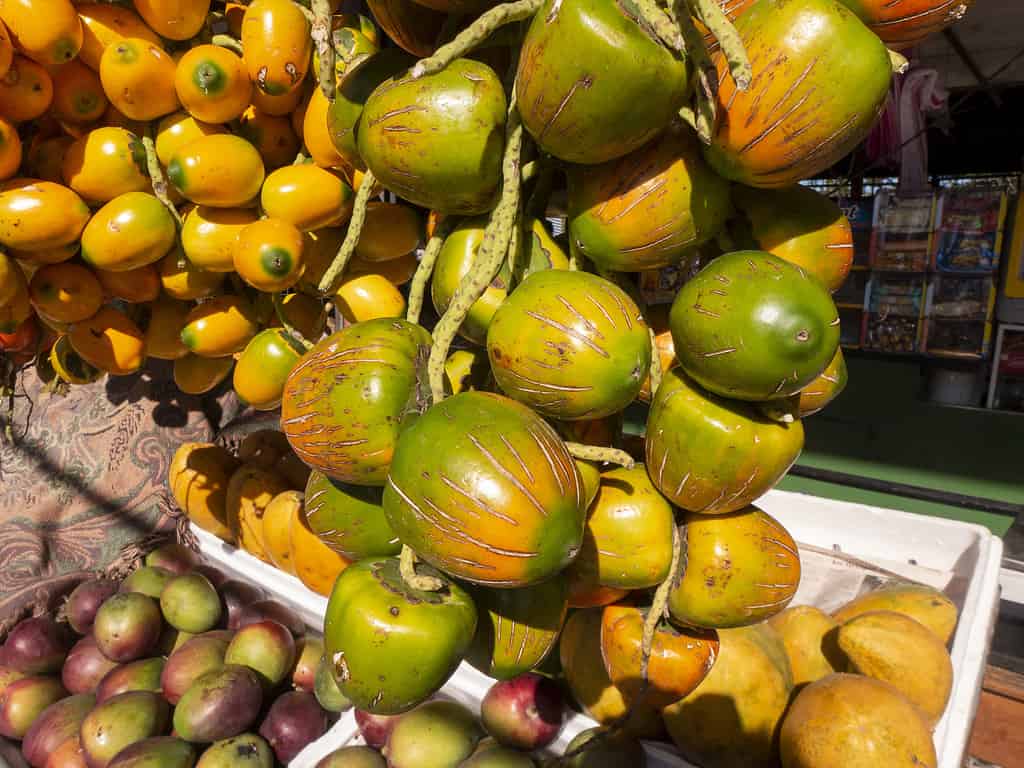
Costa Rica is rich in fresh produce, but the country is also famous for its use of pesticides.
©Edda Dupree/iStock via Getty Images
Perhaps surprisingly, considering its emphasis on environmental sustainability, Costa Rica is one of the world’s biggest consumers of pesticides. That’s not to discourage you from taking advantage of local farmer’s markets and the country’s fresh produce, but you should be aware that such things probably come with a healthy (or unhealthy) dose of pesticides. If you decide to retire in Costa Rica, try to seek out produce that isn’t laden with dangerous chemicals.
22. Drugs

Costa Rica is known for its involvement in the drug trade.
©iStock.com/Sergei Ginak
Sadly, Costa Rica is involved in the drug trade, notably cocaine and heroin. This means it suffers from associated problems like drug abuse, addiction, and violence. Be sure to steer clear of anything that looks or feels suspicious and avoid experimenting with recreational drugs.
23. Prostitution

Costa Rica has legalized prostitution, which may make some people uncomfortable.
©Janusz Pienkowski/Shutterstock.com
Prostitution is legal in Costa Rica, which means expat men may find themselves approached openly in bars by young women looking for work. While some men may be okay with this, others will find it a highly uncomfortable experience. Just be aware that legal prostitution is part of the culture, and be prepared to rebuff any unwanted advances politely.
24. Slow and Expensive Shipping

Shipping in Costa Rica can be slow and expensive.
©iStock.com/Andrey Deryabin
Many expats retiring in Costa Rica have found that the process of receiving and sending goods can be frustrating. Unfortunately, shipping to and from Costa Rica tends to be a slow and expensive process. You may even need to go and pick up your goods yourself from customs and pay an extra fee. Some parts of the country, especially the rural regions, don’t even receive packages.
25. It Takes a While to Secure Permanent Residency

In Costa Rica, it takes three years of temporary residency before a person can apply for permanent residency.
©Creative Photo Corner/Shutterstock.com
It takes a while to secure permanent residency in Costa Rica and the attendant benefits. You’ll need to go through three years of temporary residency in Costa Rica before the government will allow you to apply for permanent residency. Once approved, you’ll need to live in the country for at least six months each year to maintain your status as a permanent resident.
26. Other Cheap Options Available

Costa Rica isn’t the only affordable place in the world to retire.
©Hase-Hoch-2/ via Getty Images
Costa Rica is famous for its affordable living conditions, one reason so many people are set on retiring there. However, there are other affordable options out there that may suit you just as well. If the cons of retiring in Costa Rica have changed your mind about settling there, other options are Panama, Belize, Mexico, Portugal, and Thailand. Just remember that the downsides of living in Costa Rica shouldn’t eclipse its many upsides!
Reasons to Retire in Costa Rica
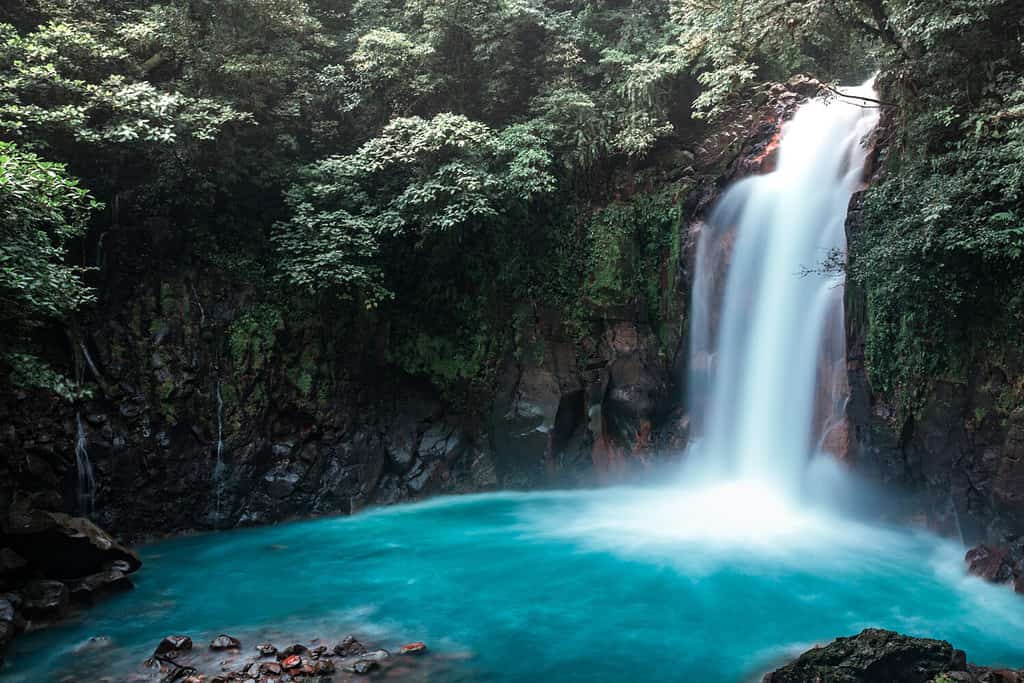
There are many great reasons to retire in Costa Rica, including the country’s natural beauty.
©iacomino FRiMAGES/Shutterstock.com
Besides the cons of retiring in Costa Rica, several excellent reasons exist to choose it as your retirement home. These include:
- Pura Vida: This Spanish life philosophy gives the local culture an incredible sense of friendliness, relaxation, and hospitality.
- Stunning natural beauty: Costa Rica is a tropical paradise and one of the world’s great environmental success stories.
- Great climate: Costa Rica is warm and pleasant year-round.
- High-quality and affordable healthcare: Seniors can expect excellent and affordable healthcare in the country.
- Affordable living conditions: Retirees on a budget will finally get relief from the high cost of living.
- No traditional North American winter: Costa Rica doesn’t get the chilly and snowy winters associated with much of North America.
- Gorgeous water and beaches: Beachgoers have plenty of reason to rejoice in Costa Rica.
- Lots of fresh produce: Retiring in Costa Rica gives you many delicious fresh fruits and vegetables.
Summary Table of 26 Pitfalls of Retiring in Costa Rica
| Number | Cons of Retiring in Costa Rica |
|---|---|
| 1 | Safety concerns |
| 2 | Poor roads |
| 3 | Aggressive driving |
| 4 | Low-quality public transport |
| 5 | Language barrier |
| 6 | Pura Vida |
| 7 | Power outages |
| 8 | Long wait times for medical care |
| 9 | Heat and humidity |
| 10 | Lack of four seasons |
| 11 | Rain |
| 12 | Earthquakes |
| 13 | Hurricanes |
| 14 | Tsunamis |
| 15 | Other water hazards |
| 16 | Volcanoes |
| 17 | Insects |
| 18 | Reptiles and amphibians |
| 19 | One of the world’s most venomous snakes |
| 20 | Feral dogs |
| 21 | Pesticides in local produce |
| 22 | Drugs |
| 23 | Prostitution |
| 24 | Slow and expensive shipping |
| 25 | It takes a while to secure permanent residency |
| 26 | Not the cheapest possible option |
Thank you for reading! Have some feedback for us? Contact the AZ Animals editorial team.

